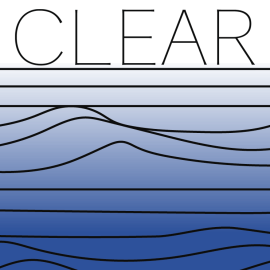Table of Contents
A thermal flashlight measures temperature using a non-contact infrared sensor and uses a red-green-blue LED light to turn red for hot and blue for cold. The light “paints” surface temperatures directly onto the materials under examination, making the data easy to understand. With long exposure photography, users can “see” the temperature of their research area.
The open-source design and code for the thermal flashlights were created by Public Laboratory for Open Technology and Science, and modified to fit the context of use; the technology is easily adaptable to how and where users want to map thermal data. We’ve had success bringing the thermal flashlight into university classrooms to involve students in research about the links between electricity, technology, and society. Below are projects, teaching materials, and instructions on how to build and use a thermal flashlight.
Student Projects
 |  |  |
| Thermal Pollution at Holyrood Electricity Generating Station | Heat Leaks as Urban Public Commons | Thermal Imaging of Fresh Air Intake for Nightingale Hall |
 |  |  |
| Comparison of Window Insulation in Old vs New buildings | Thermal Imaging of Northeastern University buildings | Effective Cooling In Refrigerators |
 |  |  |
| Comparison of Heat Insulation in Two Different Aged Building using a Thermal Flashlight | Inexpensive Thermal Imaging of Decorative Lights in Households | Thermal Flashlight: Tech Failure Spectacle |
Resources for builders
- Public Lab for Open Technology and Science directions on how to build and use a thermal flashlight.
- Colour wheels for calibration of flashlight and temperature
- Instructions: step by step (our classroom version), by Sara Wylie and Max Liboiron. Editable version.
- Ingredients (our classroom version), by Sara Wylie and Max Liboiron. Editable version.
- Arduino labeled: an introductory diagram
- Sensor data sheet
- what is an LED resistor breadboard?
- What is a MLX90614 IR thermometer?

Resources for instructors
- Final project assignment sheet (SOCI4107: Feminist Technologies, Memorial University)
- Gender and Technological Change syllabus that shows structure of in-class time for building and training with thermal flashlight
- Thermal Flashlight Intro concepts. ppt
- How to Make Thermal Images. ppt
- Template for student proposal for thermal flashlight project SOCI 4107
